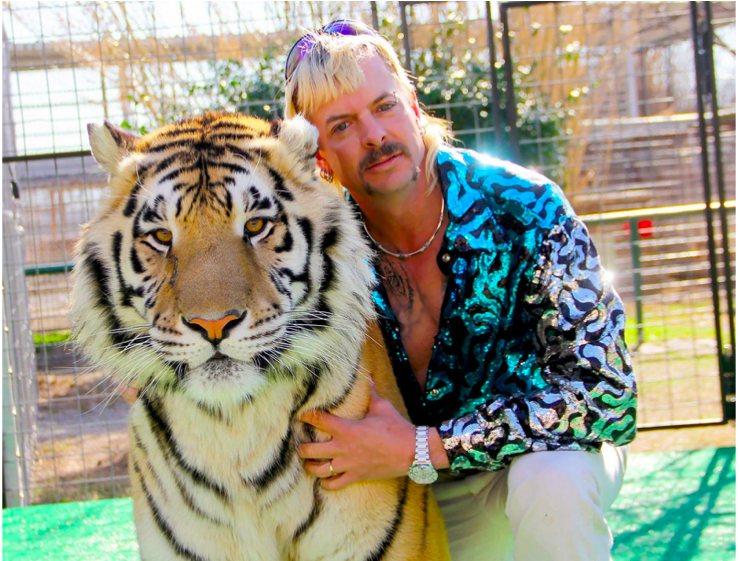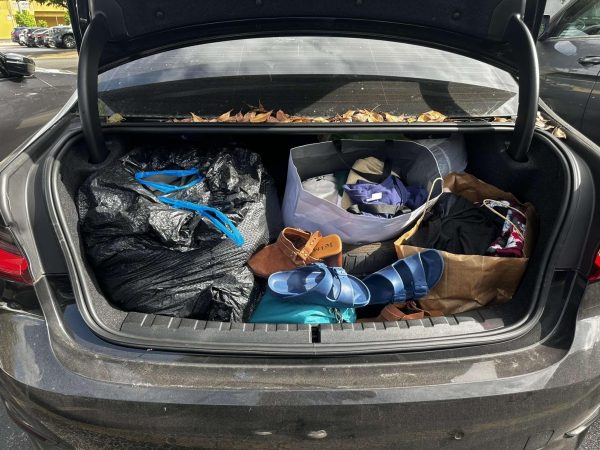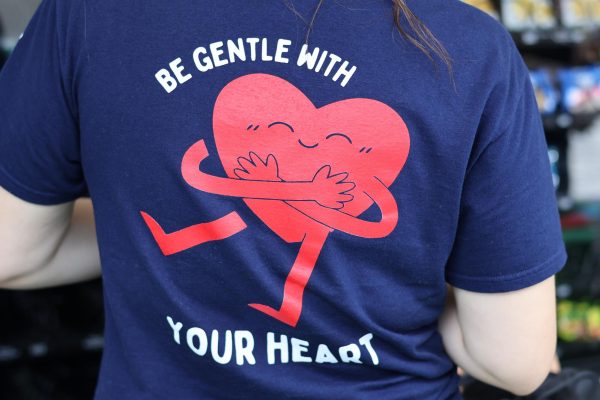Netflix Hit “Tiger King” Raises Concerns Over the Morality of Zoos
A still from Netflix’s “Tiger King: Murder, Mayhem and Madness.” USA
April 24, 2020
Like many, my first reaction to Tiger King was “how is that even legal?!” While the primary purpose of this show was to entertain the public with the absurd plot twists and ridiculous personas, it exposed the poor treatment of wild animals at G.W. Zoo and other zoos across the nation.
One of my main concerns is the enclosure of these animals. If Joe Exotic, the owner of G.W. Zoo, claims to have over 200 tigers (and 700 total animals), and the zoo allegedly only has 54 acres, then the animals definitely do not have adequate living standards, especially considering that tigers are solitary animals and should not be sharing a habitat.
Other than the absurd enclosures, the food and healthcare of these animals also raised some eyebrows. In one of the episodes, Joe Exotic is seen sedating a tiger out in the open without any proper sanitization. These animals are fed roadkill and Walmart dumpster meat. It doesn’t take an expert to understand that these are potentially poisonous for tigers and the other animals.
But not all zoos are like that. There are unfortunate instances where people like Joe Exotic grab a hold of wild animals, but in most situations, zoos are attributed to saving and preserving endangered species.
It can be difficult at times to distinguish a “good” zoo from a “bad” zoo, especially when both claim to promote conservation. However, there are a few characteristics that can determine whether a zoo is deserving of your time and money.
One of the main factors is whether or not a zoo is AZA-accredited. The Association of Zoos and Aquariums (AZA) certifies that a zoo is taking the best possible care of the animals, including above-average enclosures, diet, and healthcare of all animals. Zoos that are accredited by this association have the reputation of always going above and beyond for the wellbeing of every animal. They are able to recreate an environment that is the closest to their natural habitat and expand the longevity of these animals so that they have a long and fulfilling life.
In addition, these zoos are also part of the Species Survival Plan (SSP), which helps ensure that animals are being adequately bred so that there is an abundance of species for generations to come, and so that hopefully one day they will be able to be reintroduced to the wild. Zoos that are a part of this program exchange animals so that they can breed and exchange the gene pool diversity to prevent inbred specimens.
In an ideal world, we would not need zoos. Needless to say, we do not live in an ideal world and we currently depend on zoos for the conservation of animals. A general rule of thumb to distinguish a good zoo from a bad one is that good zoos generally prioritize conservation over entertainment and are working hard to not only take care of animals within the zoo, but also ensure that their natural environment and wildlife is not being threatened by teaching guests about wildlife conservation and about endangered species.
As wild animals become more endangered, zoos like the G.W. Zoo prove to be harmful to animals and we must do better and research zoos prior to our visits.












